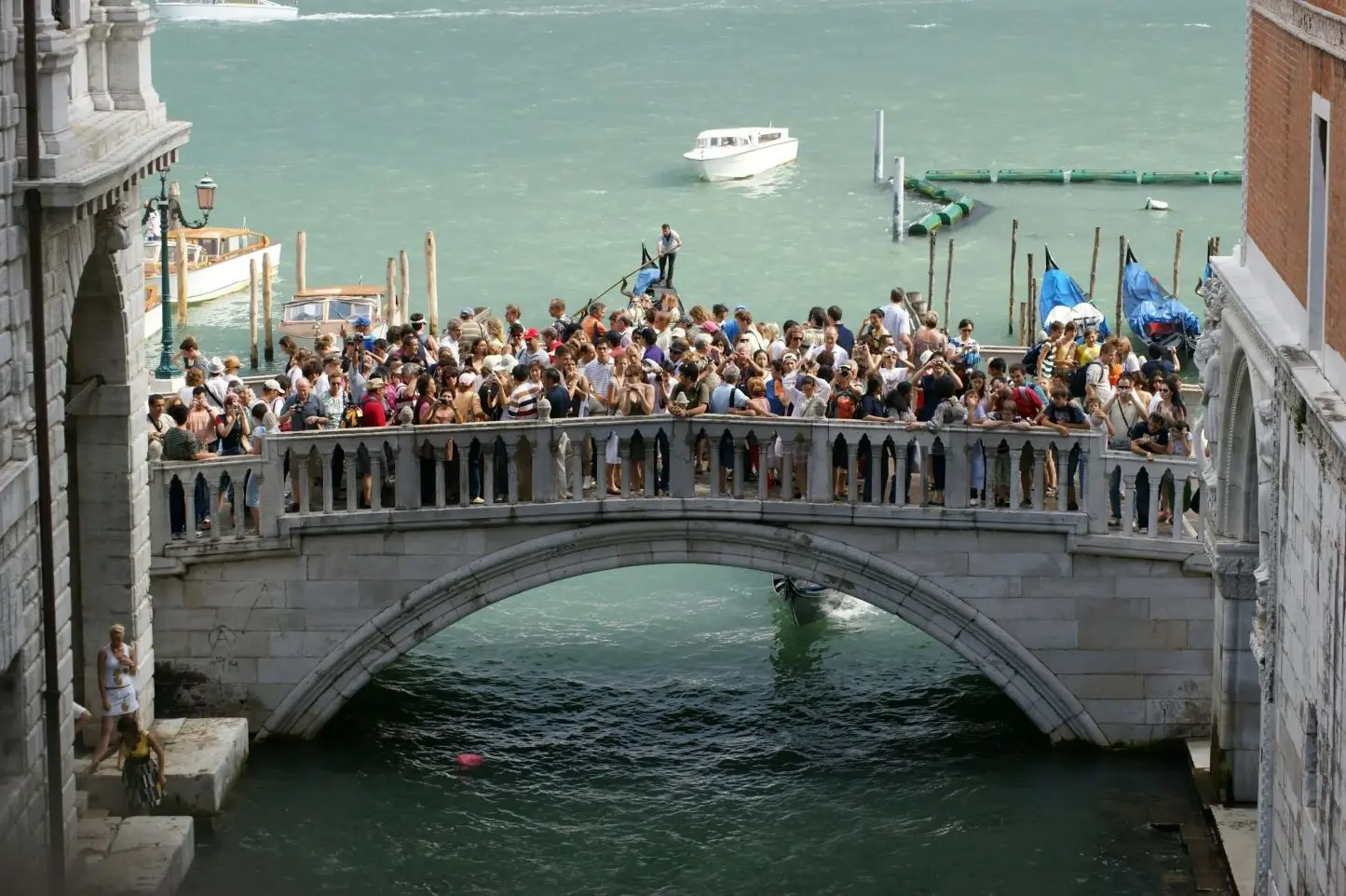Tourism has rebounded worldwide after the pandemic—despite ongoing regional crises—but the future is far from written. The industry is being shaped, and will continue to be shaped, by four major forces still in motion: geopolitical tensions, economic growth trajectories, the effectiveness of the green transition, and the impact of technological transformation. From the interaction of these dynamics, the World Economic Forum outlines four potential scenarios for 2030.
A World of a Thousand Islands
This is the most predictable outcome, a world marked by the end of multilateralism and international cooperation as geopolitical tensions rise. “The fragmentation of global governance systems could cut cross-border tourism investment by 45% by 2030,” the report projects. As globalization recedes, visa restrictions tighten, and intercontinental travel collapses in favor of regional trips, which could account for up to 68% of total arrivals. The biggest toll would be on employment: the sector could lose 22 million jobs, particularly in aviation and cross-border services, while airfares on the few remaining long-haul routes might soar by as much as 300%.
Harmonious Horizons
The optimistic scenario. “Global GDP grows at an average annual rate of 3.8% through 2030,” barriers fall, and travel demand surges. Emerging middle classes in India, Indonesia, and Nigeria could represent 43% of global travel spending.
Tourism employment reaches 430 million - up 29% from 2022 - and women hold over half of managerial roles across Asia and Africa. Yet rapid growth also brings new imbalances: in destinations like Dubrovnik or Angkor Wat, visitor density could exceed environmental carrying capacity by 37%, fueling tensions and overtourism risks.
The Green Rise
Sustainability becomes the driving force of travel. Sustainable aviation fuel (SAF) could account for 28% of total jet fuel by 2030, up from less than 1% today. Regenerative tourism gains traction, with 68% of travelers choosing destinations certified by the Global Sustainable Tourism Council.
Small nations like Bhutan - and 45 other small island states - embrace a high-value, low-volume model, reducing visitor density by 37% while increasing average per capita spending by 52%. Yet vulnerabilities remain: “1.2 million hotel rooms—6.8% of global capacity—are exposed to recurring flood risks.”
Technological Turbulence
Hyper-accelerated innovation drives AI adoption across 78% of tourism operations - but the global digital divide persists, especially in parts of Africa. Extreme personalization coexists with an accessibility crisis: dynamic pricing algorithms could push airfare volatility up by 300%, while virtual tourism - targeting budget-conscious travelers - doubles in value to $29.1 billion by 2035.
However, the shift comes with heavy costs: energy use could reach 2.4 trillion kWh by 2030, emitting 1.2 billion tons of CO₂. The scenario also features near-sci-fi developments: AI travel concierges, robotic staff (up to 38%), and IoT-enabled hotels. Yet these advances bring risks too—cybersecurity losses of up to $450 billion a year, reputational crises driven by deepfakes, and rapid skill obsolescence.
The Crossroads Ahead
These scenarios are not mutually exclusive - they may unfold simultaneously in different regions. The challenge lies in managing change. As the WEF notes, tourism can become “a catalyst for prosperity, resilience, and cultural connectivity” - but only if supported by investment in resilient infrastructure, decarbonization, skills development, and equitable access to technology.
An industry that today accounts for more than 10% of global GDP stands at a crossroads: it can either deepen inequalities and risks, or lead the way toward a more sustainable future.
